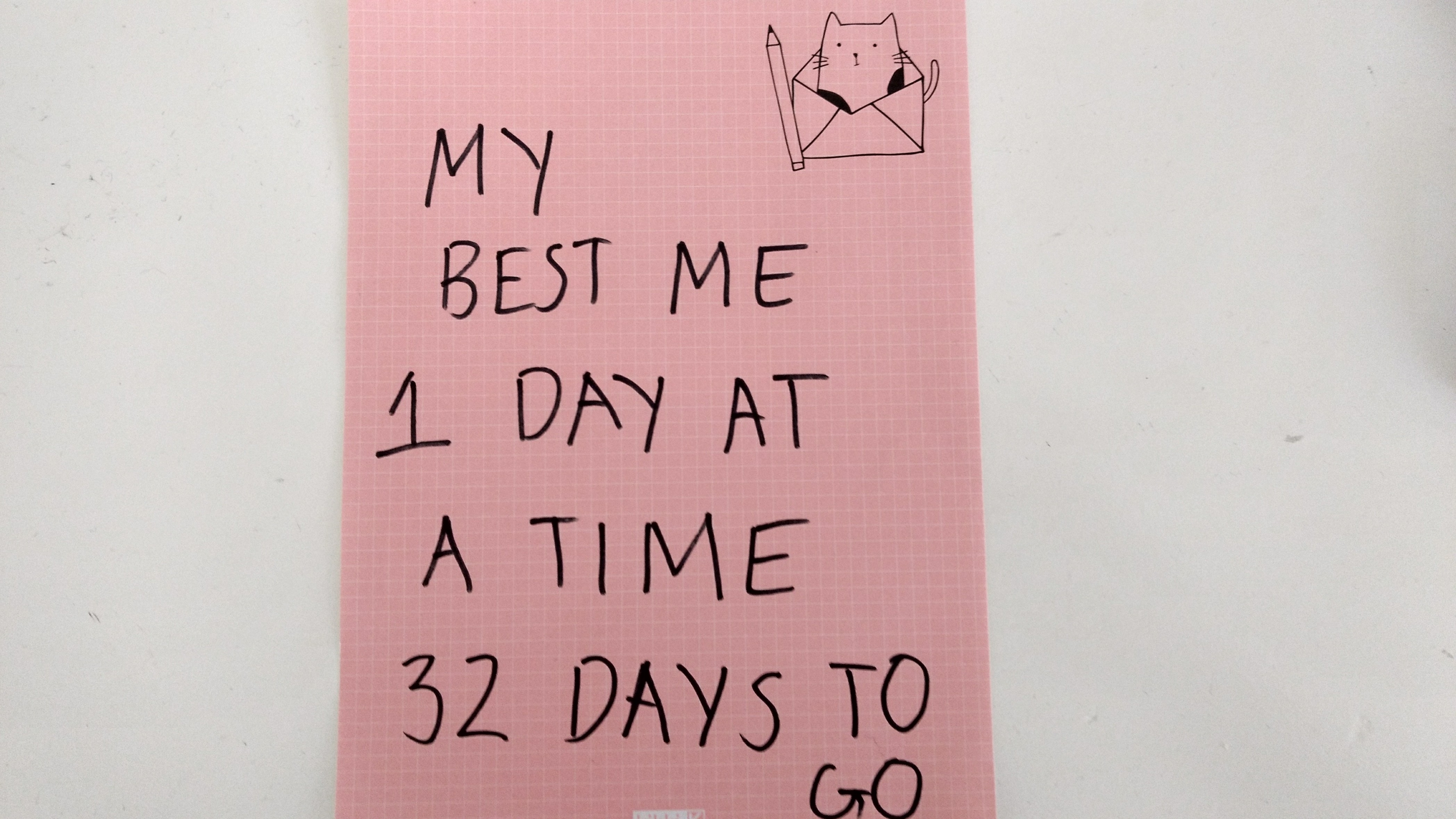I must admit my eyes were wide shut about this issue.
Wide wide shut.
I know the ethical issues about eating meat. I know about blood diamonds.
But I hadn’t really heard about chocolate. Chocolate is a warm and fuzzy word I associate with Easter, getting fat and friday afternoons at work. As part of the World Vision blogger program, I sign up to use this blog when I can for social good. The lovely folks send us a newsletter as to what is going on in the world, and if I can use this blog to somehow widen the eyes of those around me, then I will.
I digress.
Back to this chocolate thing.
A quick lesson before we start.
Chocolate comes from cocoa.
Cocoa comes from farms, mainly in West Africa, South America and Asia.
Image source – worldagroforestry.org
Cocoa production is done by hand.
(All of it.)
Many hands make light work.
Result?
Children’s hands make cheap work.
Despite international action and the fair trade moment, monitoring child labour in remote places like East Africa is difficult. In 2015, a Nestle spokesperson reported to The Guardian, that around 10 per cent, or 3, 933 children, were found to be undertaking hazardous activities that constituted child labour on family farms on the Ivory Coast. World Vision defines hazardous activities as things like; carrying heavy loads, using machetes to clear land and inhaling harmful pesticides. This work can be undertaken by children as young as six in temperatures of 35 degrees, day in and out. The issue is not as simple as stopping the children from working, and giving the parents or employers a rap on the knuckles. Most of these farms are family run, small outfits where the whole of the family is expected to pitch in. But occasionally, children are trafficked to be used as cocoa slaves. Low cocoa prices mean that farmers get little pay for their crop, most of them living in extreme poverty. If they are renting the land, this needs to be paid first before profits can be made for them, and then to their staff. You get the picture.
World Vision defines ethical cocoa as; Cocoa that is harvested without the use of forced or trafficked labour. This term does not seek to classify the use of other ingredients, such as palm oil. This requires transparent 3rd party verification of the cocoa supply chain to provide an assurance that no forced, child or trafficked labour is used.”
Onto the demand for chocolate.
We as Australians are estimated to spend $191 Million on chocolate at Easter time, as IBIS world reports.
That is a lot of cocoa.
That is a lot of hands.
Transparency in the industry to report on the use of children for labour is improving, but is slow to progress with only five per cent of global cocoa certified organic. By signing the 2001 Harkin Engel Protocol the chocolate industry has “publicly acknowledged the problem of forced child labour in West Africa and will continue to commit significant resources to address it”. World Vision is tracking the progress of major companies producing ethical chocolate on their scorecard. Progress starts with paying appropriate prices for cocoa, supporting local communities and being transparent in the use of ethical products.

World Vision – Chocolate scorecard.
I urge you to read the fine print here, and note that Cadbury easter eggs have been certified fair trade in Australia and New Zealand since 2011.
So with all this information that just ruined our ability binge on Easter eggs guilt free, what can we do?
-
Buy chocolate which has a fair trade organic sticker on it.
-
Read the scorecard and find out more about your chocolate company to make an informed decision.
-
If you’re not happy, write to your chocolate company and tell them.
-
Sign the World Vision Petition which demands that Australian retailers, cease the sale of uncertified, unlabelled chocolate by Easter 2020.
Enjoy, and have a happy and safe Easter.
Much love,
Ashleigh XXX





